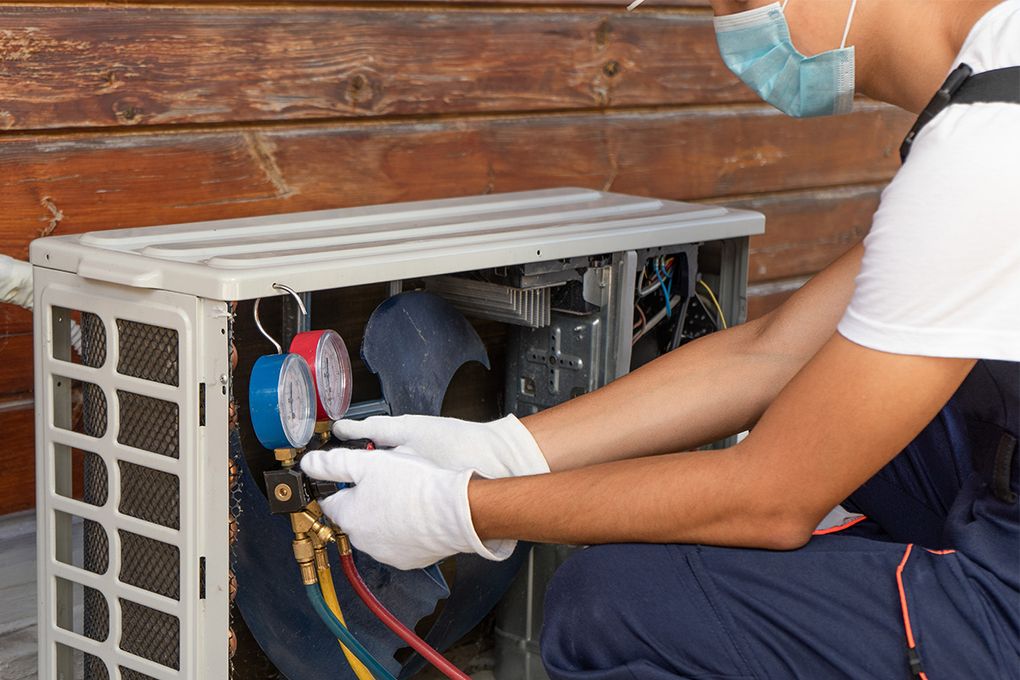Rising Home Insurance Costs and the Role of Roof Maintenance
In the realm of homeownership, the integrity of your roof is paramount. Not only does it protect you from the elements, but it also plays a crucial role in the cost and availability of your home insurance. With insurance premiums on the rise, understanding how regular roof maintenance can influence these costs is more important than ever.
The Link Between Roof Condition and Insurance
Insurance companies often assess the condition of a home’s roof when determining policy premiums and coverage limits. A well-maintained roof signifies a reduced risk of water damage, mould, and other costly issues that insurance companies would prefer to avoid. Conversely, a roof in poor condition can lead to higher premiums or even denial of coverage due to the increased risk of claims.
Age and Materials Matter
The age of your roof plays a significant role in insurance evaluations. Older roofs are typically closer to needing replacement and are more susceptible to damage, thus posing a greater insurance risk. The materials used in your roofing can also impact premiums. For instance, roofs made from slate or metal might be more expensive initially but often result in lower premiums due to their durability and longer life spans compared to asphalt shingles.
Preventative Maintenance: A Key to Lower Premiums
Routine maintenance can be a game-changer for keeping insurance costs down. This includes regular inspections, prompt repairs, and ensuring good drainage. Insurance providers might offer discounts to homeowners who proactively maintain their roofs as these practices significantly decrease the likelihood of damage and subsequent claims.
Expert Commentary
Clint Smith, the owner of Just Clean Property Care, highlights the financial benefits of consistent roof upkeep, stating, “A clean and well-maintained roof not only extends the lifespan of the roofing materials but can also be a contributing factor in home insurance evaluations. We’ve seen first-hand how regular roof cleaning in Manchester can positively influence perceptions of risk and insurance costs.”
Impact of Neglect
Neglecting roof maintenance can lead to a host of problems, such as leaks, structural damage, and ultimately, higher insurance premiums. In severe cases, an insurer may choose not to renew a policy if a roof is found to be in a state of disrepair. Regular maintenance ensures that any issues are addressed promptly, often costing far less in the long run than major repairs or replacements.
Insurance Claims and Roof Condition
When a claim is made, the condition of the roof at the time of the incident plays a crucial role in how the claim is processed and settled. A well-maintained roof might lead to a quicker, more straightforward claims process, whereas a neglected roof could complicate matters, potentially resulting in reduced compensation.
Yearly Inspections and Professional Cleanings
Annual inspections by qualified professionals can catch potential problems before they escalate into costly repairs. Professional cleaning, like the services offered by Just Clean Property Care, removes harmful elements such as moss and algae, which can retain moisture and degrade roofing materials over time.
Conclusion
Maintaining your roof is an essential part of managing your home’s overall health and keeping your insurance premiums in check. Homeowners should view roof upkeep not only as a necessary chore but as a financially savvy strategy in the broader context of home insurance and property value preservation. By investing in regular maintenance, homeowners can enjoy the peace of mind that comes with a secure, well-protected home and potentially more favourable insurance terms.

